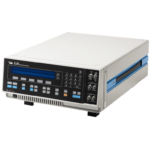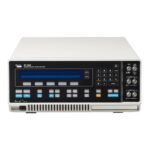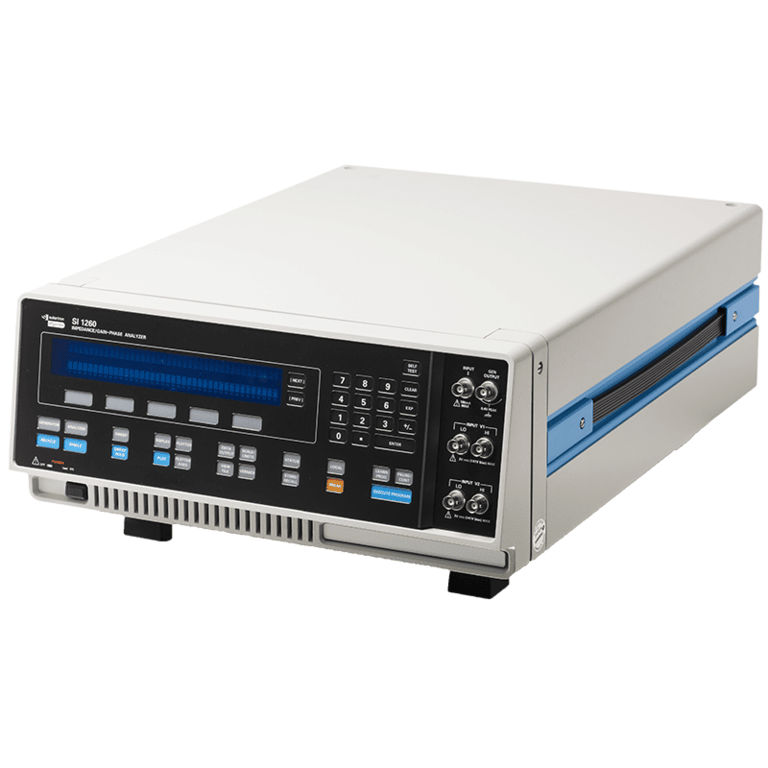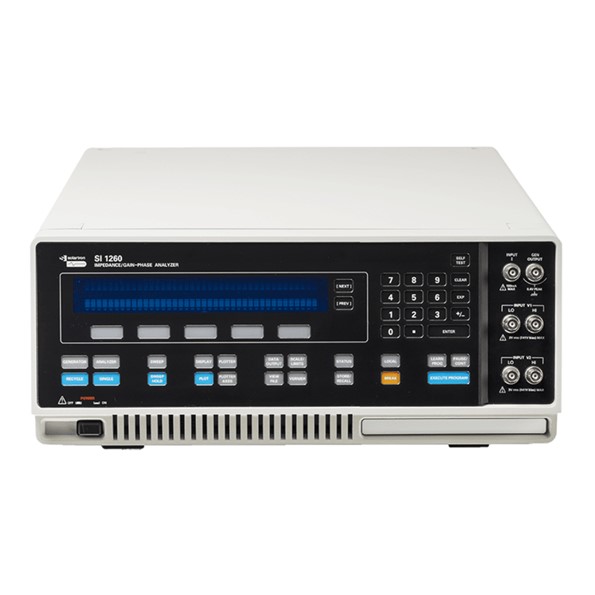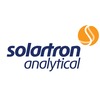The 1260A Frequency Response Analyzer is a high-precision instrument designed for impedance and gain-phase measurements. It offers a wide frequency range and is ideal for electrochemical impedance spectroscopy (EIS), materials analysis, and vibration analysis.
1260A Frequency Response Analyzer
Description
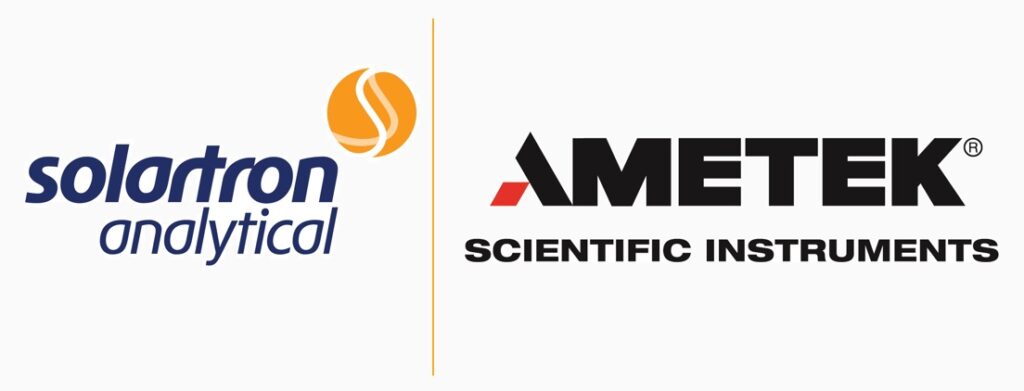
 1260A Frequency Response Analyzer
1260A Frequency Response Analyzer
The 1260A Gain-Phase Analyzer (or Frequency Response Analyzer) is the cornerstone of FRA technology. The 1260A can be used as a stand-alone unit, but its applications to Materials is greatly expanded when combined with the 1296A Dielectric Interface. This solution measures at both high-frequency and high-impedance.

✅ Most referenced, most cited, most popular Impedance Analyzer available
✅ Wide frequency range from 32 MHz to 10 µHz (more than 12 decades) for solid state materials
✅ Impedance range from 100 mOhm to 100 TOhm, with the 1296A Dielectric Interface
✅Able to perform DC potentiostatic and galvanostatic experiments with 1287A Electrochemical Interface
✅ Controlled by SMaRT software and optionally with ZPLOT
✅ 1260A Impedance Analyzer accuracy contour plot highlights Solartron’s best in class measurement performance.
🟧 Applications and Software
The model 1260A Impedance/Gain-Phase Analyzer is – without doubt – the most powerful, accurate and flexible Frequency Response Analyzer available today. In daily use by leading researchers wherever measurement integrity and experimental reliability are of paramount importance, the 1260A’s solid reputation is frequently endorsed in published research papers in fields such as:
✅ Corrosion studies
✅ Battery research and fuel cells
✅ Solar cells
✅ LCD’s
✅ Bio-materials
✅ Ceramics / composites
✅ Electronic component development
✅ Civil engineering
Huge frequency range
Spanning 10 μHz to 32 MHz with 0.015 ppm resolution, 1260A provides excellent coverage for virtually all chemical and molecular mechanisms – all in a single instrument.
Unbeatable accuracy
With an accuracy of 0.1%, 0.1°, measurements can be made with complete confidence, and even the most subtle changes in sample behavior detected and quantized.
Noise free analysis
1260A uses Solartron Analytical’s patented single-sine correlation technique, which inherently removes the noise and harmonic distortion which plagues lesser instruments.








Systems
When combined with other products from Solartron Analytical’s range, including well-proven application software, the 1260A can form the heart of an advanced electrochemical and materials measurement system, to provide superb accuracy, flexibility and reliability – even for the most complex research problems.
Impedance Measurement
Virtually every liquid and solid is able to pass current when a voltage is applied to it. If a variable (ac) voltage is applied to the material, the ratio of voltage to current is known as the impedance. The measured impedance varies with the frequency of the applied voltage in a way that is related to the properties of the liquid or solid. This may be due to the physical structure of the material, to chemical processes within it or a combination of both.
The advantages of impedance measurement over other techniques include:





IDEAL FOR
✅ Electrochemical Impedance Spectroscopy (EIS) – Ideal for measuring and analyzing electrochemical systems.
✅ Materials Analysis – Perfect for characterizing materials and monitoring their properties under various conditions.
✅ Vibration Analysis – Used for studying vibrations in mechanical systems and materials.
✅ Amplifier Design – Ideal for analyzing electronic amplification systems.
✅ Current and Voltage Breakdown Analysis – Suitable for electrical applications and electronics.

